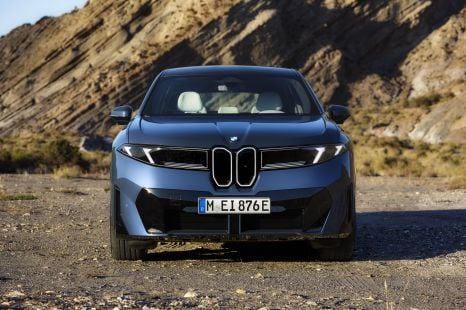

William Stopford
The CarExpert team's favourite reveals from the Munich motor show
2 Hours Ago
Toyota dominated in March, 4x4s that can tow a caravan sold in droves, Chinese cars were up nearly 200 per cent, and EVs gained traction.

Senior Contributor
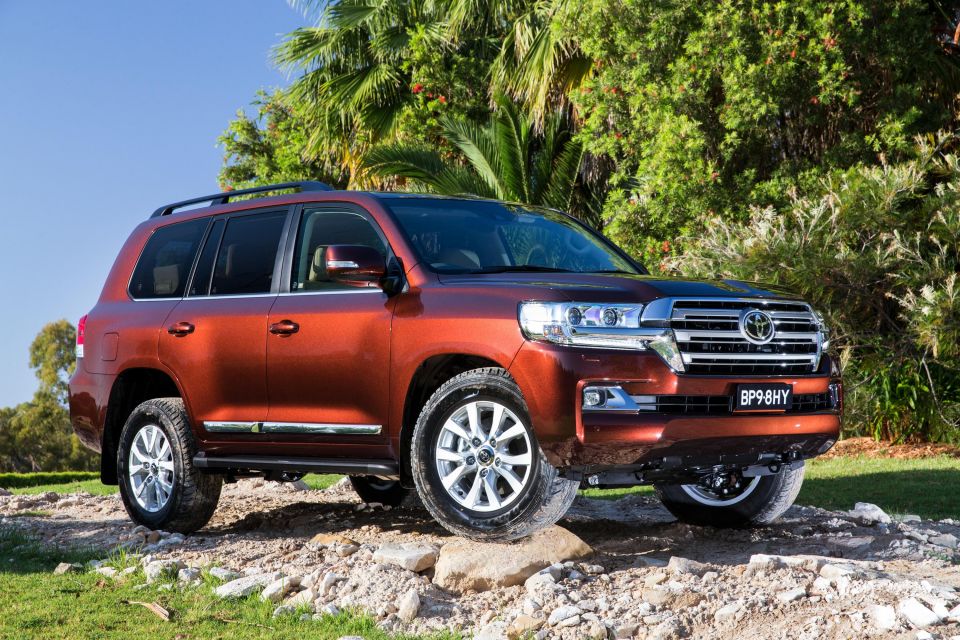

Senior Contributor
Australia’s new car sales came back with a vengeance in March 2021, as the economy picks up speed.
March 2021 sales totalled 100,005 units, up 22.4 per cent over the same month last year. It was the best March tally since 2018, according to the Federal Chamber of Automotive Industries’ (FCAI) VFACTS database.
By most accounts the figure would have been even higher if dealerships nationwide weren’t hampered by lack of new-car stock – a trickle effect of car factories worldwide being shut down during COVID-19 lockdowns.
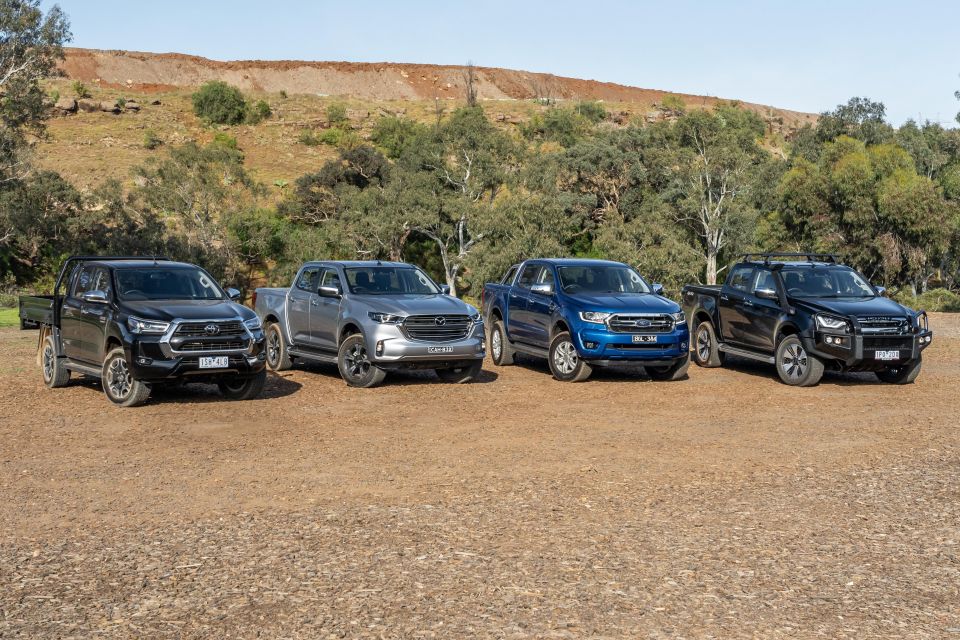
Each and every State or Territory grew sales by between 19.1 per cent (Victoria) and 43.4 per cent (NT), with the exception of the ACT which actually saw its sales go backwards after it managed a stronger 2020 than other regions.
As we have seen become a recent trend, it’s the private-buyer market doing the heavy lifting. It grew 26.4 per cent and comprised 51 per cent of the total market. Business sales (ABN buyers and fleets) grew 15 per cent, rental sales grew 55.7 per cent, and government sales declined 21.7 per cent.

Market leader Toyota grew its volume by 21.2 per cent over the corresponding month last year, and its 21,319 monthly sales equated to 21.3 per cent market share.
Mazda in second (as usual) had a ripper month by growing 58 per cent to 10,785 units, ahead of Hyundai with 6852 sales and 29.1 per cent growth.
Rounding out the top 10 were Mitsubishi (up 7 per cent), Ford (up 23 per cent), Kia (up 2.6 per cent, but I’ll point out that it had a stronger March 2020 than most), Nissan (up 30 per cent), Subaru (up 39 per cent), Volkswagen (up 17 per cent), and MG (up 168 per cent).
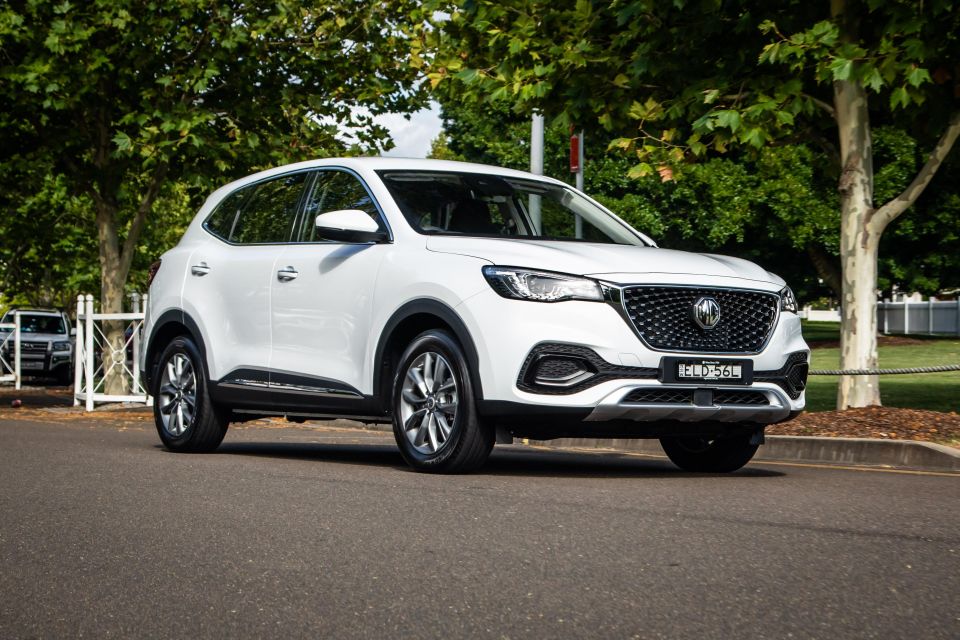
It’s the second month in succession that MG has finished inside the overall top 10. That’s meteoric growth.
Almost all the car brands grew for the month, but some other standouts included LDV (up 188 per cent), Jeep (resurgent, up a whopping 183 per cent), GWM/Haval (up 173 per cent), Skoda (up 147.5 per cent), SsangYong (up 133 per cent), and Renault (119 per cent).
There were also good results for many premium players including Genesis (up a whopping 260 per cent off a tiny base), Volvo Car (up 162 per cent), Mini (up 89 per cent), Audi (up 77 per cent), BMW (up 57 per cent), Porsche (up 52 per cent), and Lexus (up 42 per cent).
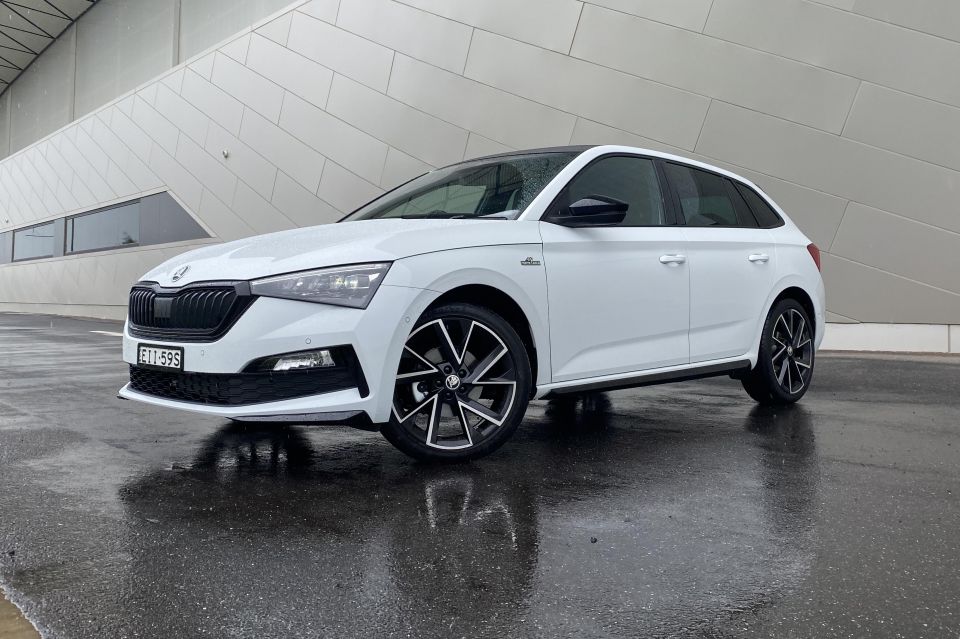
Luxury leader Mercedes-Benz ‘only’ grew its volume by 1.5 per cent overall, or by 9 per cent if you just count its passenger cars and SUVs and ignore the commercial vans.
There was a subset of brands that went backwards for the month, including Jaguar (down 47 per cent, though it claims this is partly due to tight supply), Mercedes-Benz Vans (down 32 per cent), and Honda (down 24 per cent as it prepares to launch a new business strategy explained here).
See the full breakdown below.

March 2021 sales by brand, compared with sales from March 2020:
| Brand | March sales | % change over March 2020 |
|---|---|---|
| Toyota | 21,319 | 21.2% |
| Mazda | 10,785 | 58.2% |
| Hyundai | 6852 | 29.1% |
| Mitsubishi | 6430 | 7.1% |
| Ford | 5977 | 23.1% |
| Kia | 5802 | 2.6% |
| Nissan | 4559 | 30.2% |
| Subaru | 4212 | 39.3% |
| Volkswagen | 3358 | 17.0% |
| MG | 3303 | 167.7% |
| Mercedes-Benz | 3275 | 1.5% |
| Isuzu Ute | 3173 | 50.7% |
| BMW | 2528 | 57.3% |
| Honda | 2376 | -24.4% |
| Audi | 1766 | 76.8% |
| Suzuki | 1550 | 13.1% |
| LDV | 1468 | 188.4% |
| Skoda | 1032 | 147.5% |
| GWM and Haval | 1021 | 173.0% |
| Volvo Car | 992 | 162.4% |
| Lexus | 953 | 42.2% |
| Renault | 739 | 119.3% |
| Jeep | 730 | 182.9% |
| Land Rover | 600 | -0.7% |
| Porsche | 574 | 51.9% |
| Ram | 370 | 41.2% |
| Mini | 310 | 85.6% |
| SsangYong | 298 | 132.8% |
| Peugeot | 222 | 37.0% |
| Chevrolet | 160 | – |
| Fiat | 160 | 26.00% |
| Jaguar | 82 | -46.8% |
| Alfa Romeo | 65 | 22.6% |
| Genesis | 54 | 260.0% |
| Maserati | 49 | 58.1% |
| Aston Martin | 17 | 88.9% |
| Bentley | 15 | -21.1% |
| Lamborghini | 15 | 15.4% |
| Chrysler | 13 | -27.8% |
| Ferrari | 13 | 0.0% |
| Citroen | 11 | -52.2% |
| Lotus | 5 | 150.0% |
| McLaren | 3 | -78.6% |
| Rolls-Royce | 2 | -71.4% |
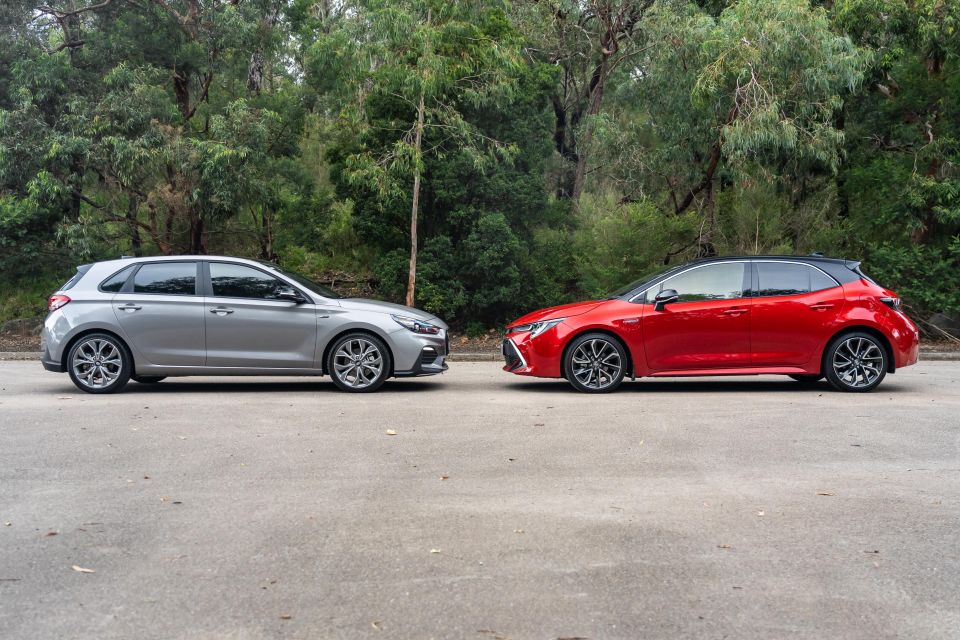
There weren’t too many surprises in terms of top-selling models. The Toyota HiLux and Ford Ranger utes went one-two, ahead of the Toyota RAV4 and Mazda CX-5 mid-size SUVs, and Toyota Corolla and Hyundai i30 small cars.
Rounding out the top 10 were the Mitsubishi Triton ute, Toyota LandCruiser wagon range (including 70 Series wagon and Troopie, and 200 Series), Isuzu D-Max, and Nissan X-Trail.
If we break down the top 30, there are 17 models classified as SUVs, eight classified as light commercial utes or vans, and five passenger vehicles.
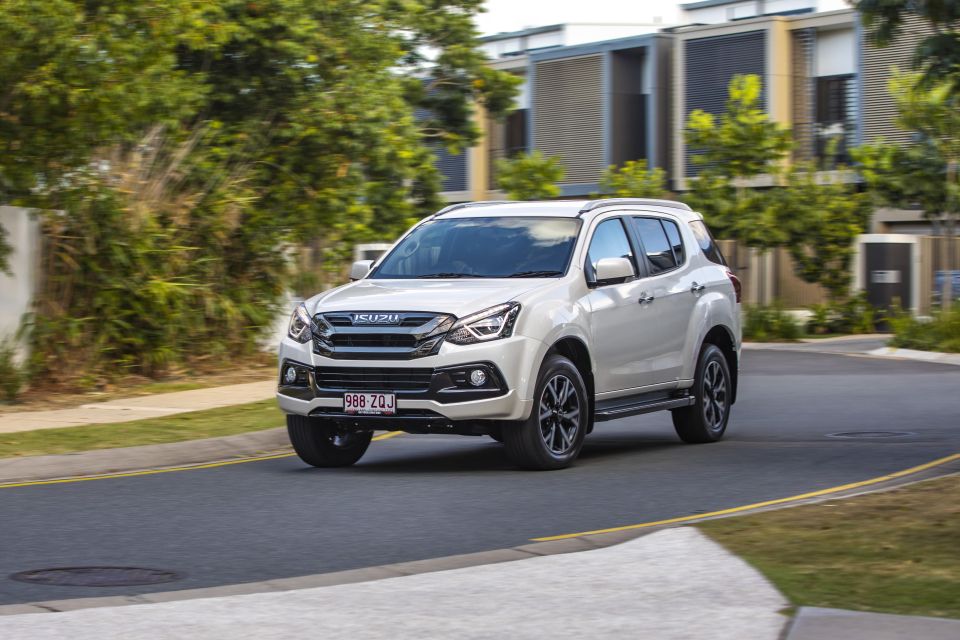
March 2021 sales by model, compared with sales from March 2020:
| Model | March sales | % change over March 2020 |
|---|---|---|
| Toyota HiLux | 5319 | 49.6% |
| Ford Ranger | 3983 | 28.2% |
| Toyota RAV4 | 3522 | 17.8% |
| Mazda CX-5 | 3022 | 74.3% |
| Toyota Corolla | 2892 | 2.8% |
| Hyundai i30 | 2514 | 35.5% |
| Mitsubishi Triton | 2492 | 37.5% |
| Toyota LandCruiser wagon | 2244 | 78.0% |
| Isuzu D-Max | 1994 | 35.9% |
| Nissan X-Trail | 1932 | 46.0% |
| Mazda CX-3 | 1744 | 65.8% |
| Mazda 3 | 1577 | 27.4% |
| MG ZS | 1510 | 321.8% |
| Hyundai Kona | 1462 | 45.3% |
| Kia Cerato | 1453 | -21.1% |
| Subaru Forester | 1439 | 17.3% |
| Mazda BT-50 | 1376 | 80.0% |
| Subaru Outback | 1341 | 190.9% |
| MG 3 | 1238 | 96.2% |
| Mazda CX-30 | 1225 | 51.8% |
| Toyota Prado | 1211 | -13.9% |
| Isuzu MU-X | 1179 | 84.5% |
| Toyota LandCruiser ute | 1148 | 56.2% |
| Toyota HiAce van and bus | 1106 | 46.8% |
| Mitsubishi Outlander | 1085 | -14.2% |
| Nissan Navara | 1036 | 3.6% |
| Nissan Qashqai | 1003 | 39.5% |
| Honda CR-V | 972 | -1.8% |
| Toyota C-HR | 967 | 23.0% |
| Mitsubishi Pajero Sport | 886 | 32.2% |
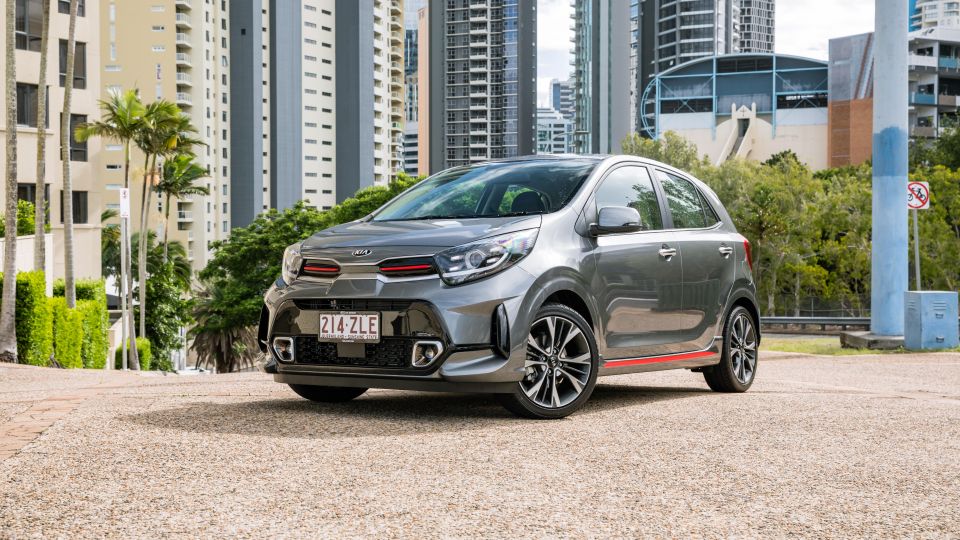
We can also identify the most popular models in each vehicle segment, as defined by the FCAI in its VFACTS data.
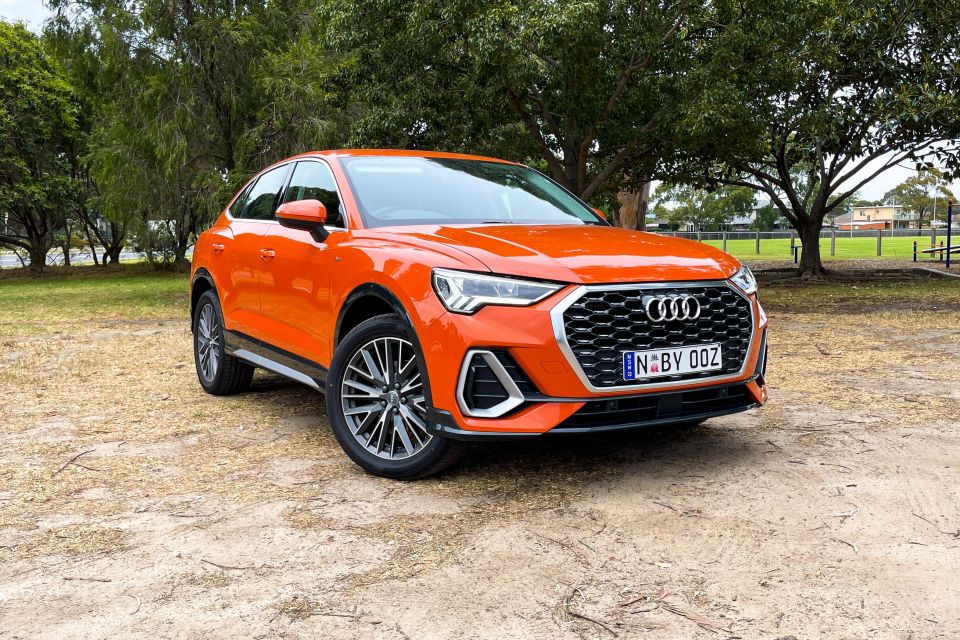
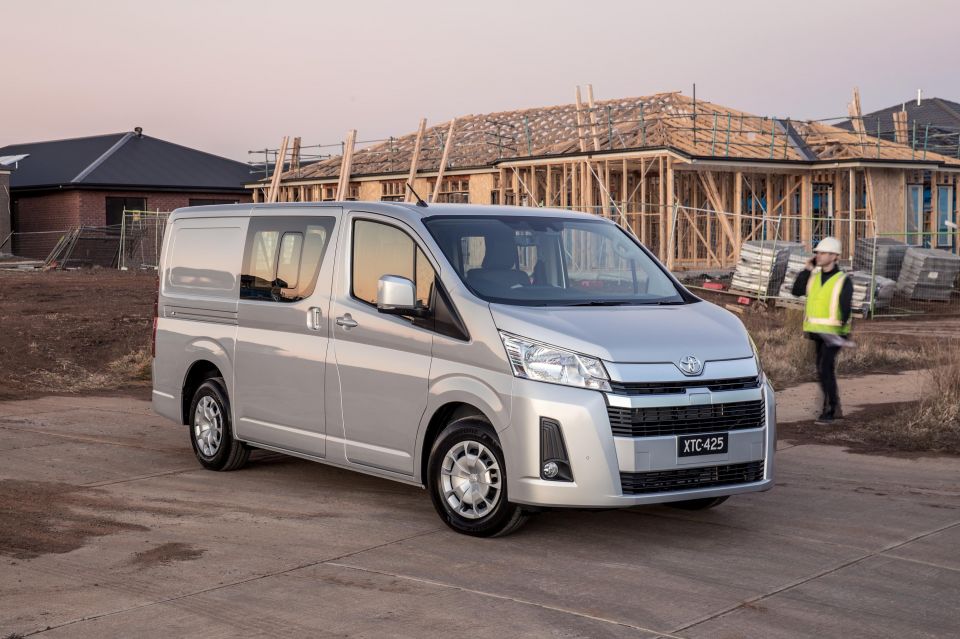

Sales by region:
Dominant segments by overall market share:
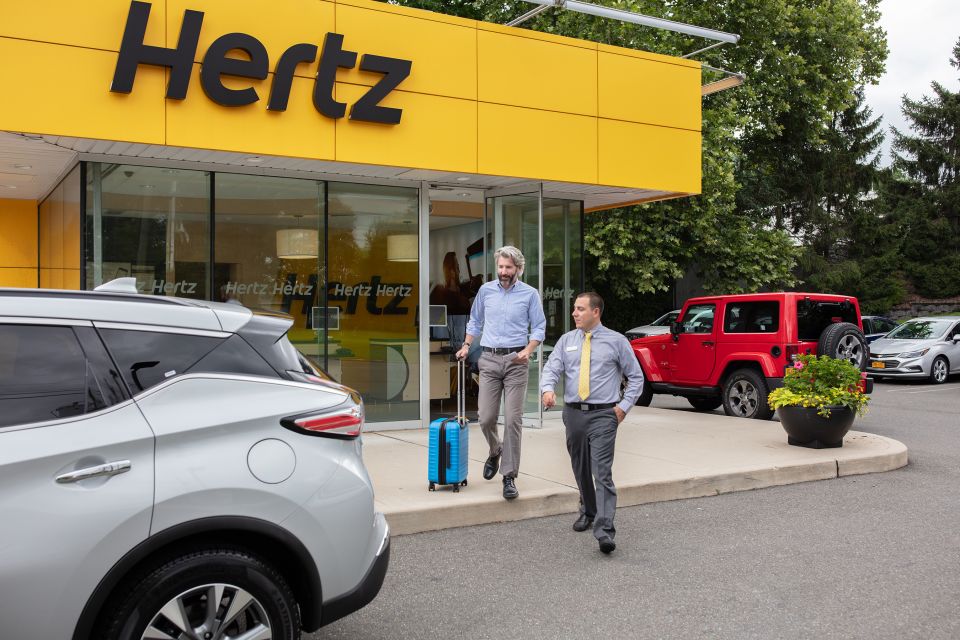
Sales breakdown by buyer:
Sales breakdown by fuel type:
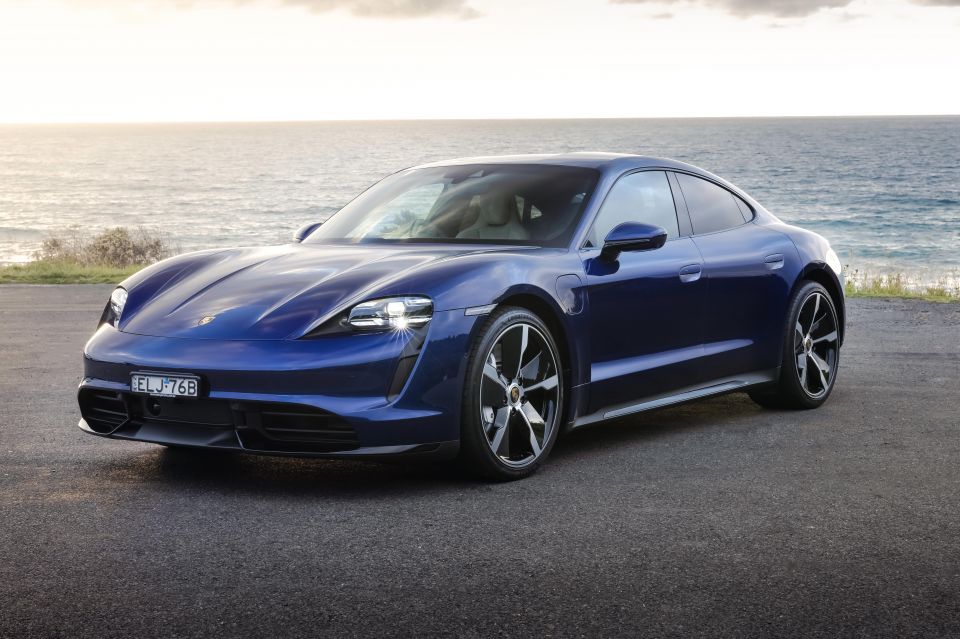
Sales breakdown by top import sources:
FCAI chief executive Tony Weber:
“It is possible that the result could have been even stronger if some brands had not been impacted by delivery constraints in global factory supply chains.
“It is our expectation that these delivery issues will continue to be resolved during the coming months.”
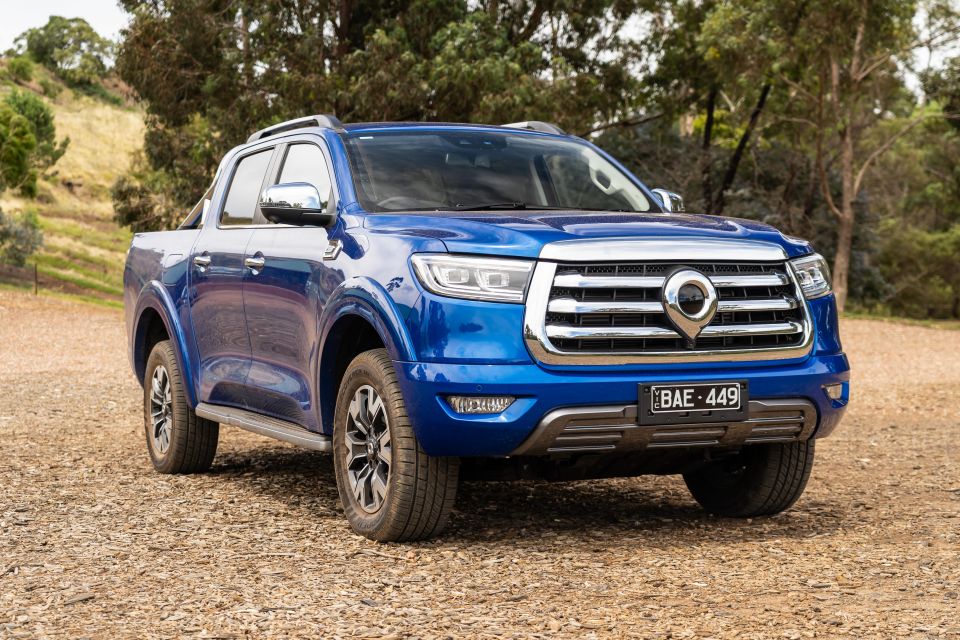
Got any questions about car sales? Ask away in the comments and I’ll jump in!


William Stopford
2 Hours Ago
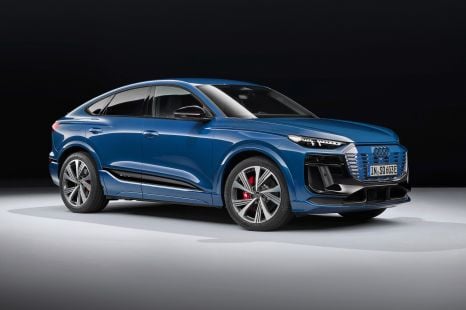

William Stopford
2 Hours Ago


Andrew Maclean
3 Hours Ago
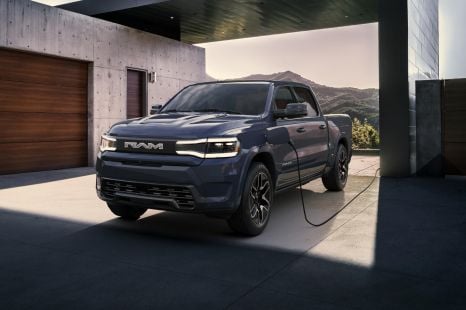

Derek Fung
3 Hours Ago


Andrew Maclean
3 Hours Ago
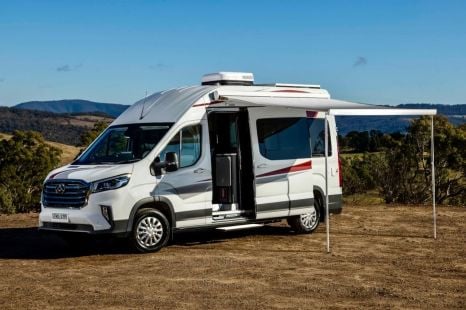

Ben Zachariah
1 Day Ago